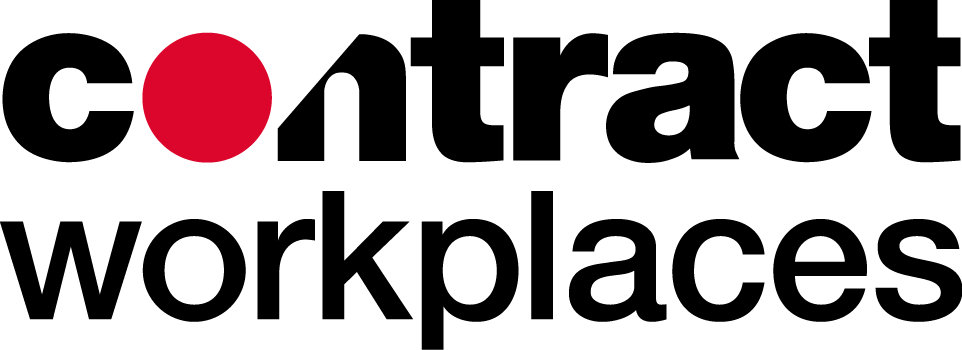07.03.2019
Technological advancement and the arrival of new generations into the workforce have resulted in major changes in the corporate world. Suddenly offices crammed with dull, uniform cubicles gave way to open, informal and laid-back spaces filled with bars, playrooms, large sofas and vibrant colours. Companies have begun to see the integration of play areas and recreation into the workplace as a solution to some of the most common issues faced by modern organisations: high levels of stress, a weaker sense of community and loyalty, and constant staff turnover [1].
What Is Gamification?
“The opposite of play is not work — the opposite of play is depression” - Dr. Stuart Brown.
Many companies are currently developing practices and initiatives aimed at improving collaboration and transforming work into a positive experience. Gamification can include all types of play, from traditional board games, to outdoor games, role-playing, competitions and even videogames. This stems from the view that human beings are competitive, playful creatures even in adulthood. The huge popularity of sports is a testament to the basis of this claim. Gartner Consulting estimates that over 50% of organisations invested in innovation will introduce gamification into their business plan in the next few years [2].
Benefits
Play stimulates the reward mechanisms in the brain, generating a sense of gratification and stimulating both learning and the repetition of positive behaviour. Incorporating a space for play and recreation into the office can generate tangible benefits.
Trends indicate that, beyond financial retribution, young workers value having fun at work. In fact, millennial and post-millennial employees believe fun at the workplace should be a requirement, rather than a bonus. Hence, companies have begun to accept the need to create a playful, creative working environment if they want to recruit and retain a talented workforce.
With a well-planned and well-managed recreation scheme which takes into account employees’ interests, tastes and differences in gender, age, and so on, playful activities can become a tool to combat stress and increase learning and productivity, as well as reduce absenteeism and improve mental and physical health. Play helps to build trust and improve communication, as well as fostering creativity, participation and a shared culture where all collaborators have the opportunity to meet and interact in an informal environment.
In short, playful activities in the workplace have a positive influence on employees’ performance and can contribute to high levels of commitment. These activities are key for employee bonding and the development of skills like leadership and communication.
Nevertheless, it must be said that, rather than making work more satisfying and meaningful, play provides a “game layer” which changes the working experience without redesigning the very nature of the work itself [3].

What Happens When Fun Is Mandatory?
However, whilst games and recreation in the workplace have a positive impact on staff, it can on occasion be counterproductive if not introduced correctly.
In order to for these initiatives to improve workers’ wellbeing and consequently their performance, it's crucial to; get their buy in and establish it is something they want otherwise it can be perceived as imposed by management and can be counter productive.
A major difference between spontaneous play and gamification is that the former involves games initiated by workers themselves, whereas with the latter, games are imposed vertically from management and are designed to reinforce management goals.
If employees are compelled to participate in a game, competition, tournament, celebration or any other corporate-mandated “fun” activity, responses are bound to be as varied as human beings are diverse: some will accept it, some will ignore it and some will feel uncomfortable or even opposed to it. The diversity of the workforce and blend of personalities (introverted or extroverted), age, gender, interests, etc. must not be overlooked.

Conclusions
Play is socially, emotionally, cognitively and physiologically key for many animals, including human beings.
For adults, play can be a creative way of solving problems and releasing emotional tension, as well as stimulating flexibility and the ability to face stressful situations more resourcefully.
While it is true that implementing playful activities to motivate workers improves the working environment and increases productivity, the role of consent as a relevant psychological response must not be overlooked. However, companies which adopt gamification in the workplace do more than satisfy their employees’ physical and psychological needs: they also improve staff recruitment and retention, increase productivity, reduce absenteeism rates and boast a happier, more relaxed and committed workforce who feel part of a community.
[1] OPRESCU, F. et al, (2014): “I Play At Work — Ten Principles For Transforming Work Processes Through Gamification”. Frontiers in Psychology.
[2] GARTNER (2011): “Gartner says by 2015, more than 50 percent of organizations that manage innovation processes will gamify those processes”. http://www.gartner.com/newsroom/id/1629214
[3] MOLLICK, E. & ROTHBARD, N. (2014): “Mandatory Fun: Consent, Gamification and the Impact of Games at Work”. University of Pennsylvania.

